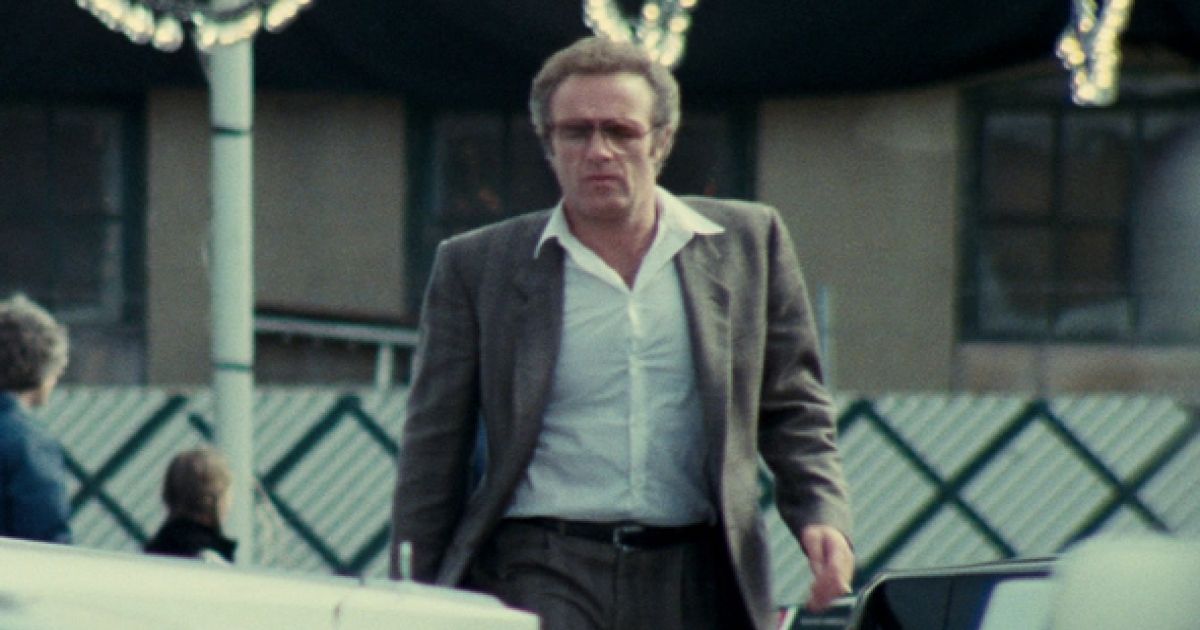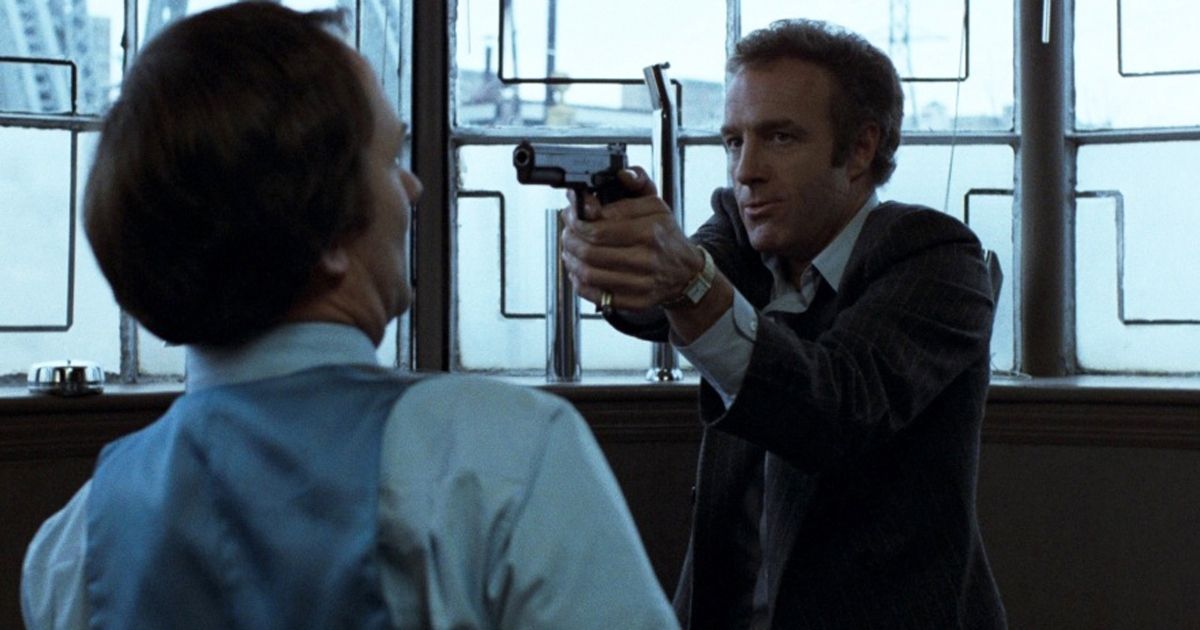Before Michael Mann participated in changing television with the iconic Miami Vice, he spent a good five years working as a writer on other television dramas. When this line of work had run its course, Mann looked to new horizons in filmmaking. His debut film, Thief, was released in 1981, to great critical acclaim, but little commercial success, gathering only $11 million at the box office. Over time, thanks in large part to the success of subsequent Mann films like The Last of the Mohicans, Heat, The Insider, and Collateral, Mann's overall filmography became more well-known and the film gathered a cult following that has remained prevalent in film buff zeitgeist since, hailed by many to be among the best crime films ever made.
Thief stars James Caan as Frank, a petty criminal embroiled in a complicated game of promises and deception. The film follows his exploits and struggles as he attempts to navigate this decrepit and cold environment, showing us his inner turmoil and hopes all throughout. It is a well-put and thoroughly executed film, made even more mesmerizing by its amazing script and brilliant character dynamics.
Mann's Gritty but Polished Style
To better understand the film's appeal, one has to begin with Mann's distinct style. His films are well-known for a specific aesthetic, becoming one of the primary masters of what came to be known as neo-noir, a latent revival of the '40s-'50s film noir. Vibrant and beautiful colors are heavily contrasted with a gritty and rugged atmosphere. The contrast serves its purposes, highlighting the paradoxical exteriors that exist within a given culture and society. This being Mann's first mainstream directorial film made its look even more impressive. The dark and moody scenes are wonderfully complimented by the propagation of neon lights. The setting is heavily juxtaposed to the dirty and greasy-looking exterior of the exterior locations, oftentimes serving as a perfect tone setter for what the rest of the picture has in store. A perfect example can be seen in one of the heist scenes, where the rugged and dirty interior of the vault is heavily compared to the well-decorated and vibrant exterior. The style was so influential and iconic that it began to make its way into more films to the point of becoming one of the seminal looks of the '80s.
The Diner Scene
There's no better example of the film's dimensional fortitude than the masterful diner scene. After Frank forcefully takes his girlfriend Jessie out of a nightclub and into a local diner, he begins to mellow out and open himself up in what can only be described as some of the most personal and heartwarming confessions ever put to screen. Instead of lashing out in anger and resentment, Frank reveals his most inner fears and conflicts, painting a more than accurate picture of his mental state and how he wants to atone for his past actions. His recounting of surviving prison is harrowing and eye-opening, showing us the glimmers of a man who has struggled and truly seen the wild side of humanity. Things turn to a tear-jerker when Frank shows Jessie a picture-collage he has been making about all the things he wants in life, telling her she can complete it by marrying him. The whole scene made us care about the characters, bringing in a new tone which carries throughout. It ends in a powerful embrace made even more beautiful by Mann's impeccable framing and composition. The true kicker is just how long the scene lasted, totaling at about 9 minutes of screen time, and every minute is savored by what is perhaps some of the best acting Caan has ever done.
James Caan's performance
Keeping with the previous statement, James Caan is at the absolute forefront for why this movie works, and is considered by many to be among his best performances. His cool and calm yet abrasive and sometimes violent temper are perfect for the type of setting Mann has created, showing a range of emotional highs and lows that were otherwise unaccessible in some of his previous films. His tough and complex exterior is heavily contrasted with his more mellow emotional side in his pursuit to start a family and find some peace (always with the contrasts with Michael Mann). The results create a fantastic and compelling character capable of carrying the entirety of the movie. He is the complete and total driving force of the film, appearing on practically every scene and basically turning it into a vignette of occurrences, further adding to the distinct feel it has compared to other crime films at the time. The film wouldn't have worked if it wasn't for Caan's magnetic personality, turning it into a fascinating character study in the same vain as Robert De Niro's performance in Taxi Driver.
The Sign of Things To Come
Every element of Thief is explored and enhanced even further by Mann throughout the rest of his filmography. The film served as a pseudo-apprentice effort that paved the way for more success and acclaim. You can see the beginnings of what would go on to become a legendary career in its own right develop with the many things Mann did with Thief, from the stylized violence that came to define many '80s films to the fantastic soundtracks. The best example of this is in the film's ending, bringing a mixture of both violence and music you can't help but admire. The film just oozes with style and tone, never relenting and always keeping the pace going, stopping for brief periods of reflection to let the viewer soak in the environment from a more relaxed perspective. The final results further enhanced Mann's subsequent Hollywood success, becoming a constant reminder of the old saying of how you never really knew how good you had it before. It will live on in the hearts of passionate filmgoers for many decades to come.

.jpg)
.jpg)
.jpg)

